Author: Timo
-

New year, new adventures, new opportunities to thrive and succeed
Dear readers, I would like to wish you all a Happy New Year. May the coming year be full of opportunities, successes and prosperity for you and your family. It has been over three years since my last post on this blog. Time seems to have flown by and blogging just fell by the wayside.…
-
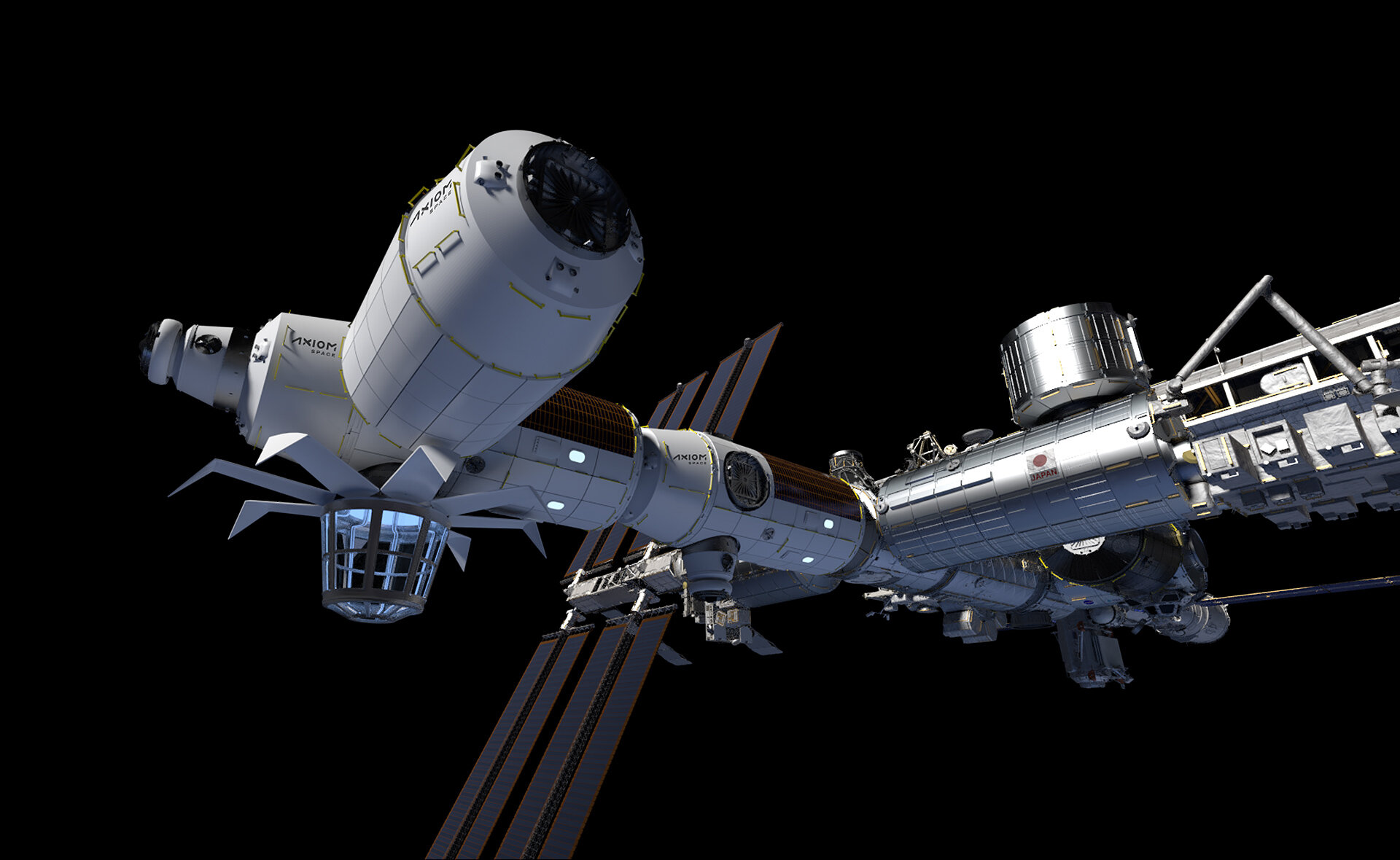
Case Study – Hadrian
The eighth and final session of the Course on “The Business and Economics of Space” was on Tuesday, Nov 30. This session was a case study on a startup company looking to do Precision Component Manufacturing for the Space and Defence Industries , Hadrian. We were to use the classic Harvard Business School Case Study…
-
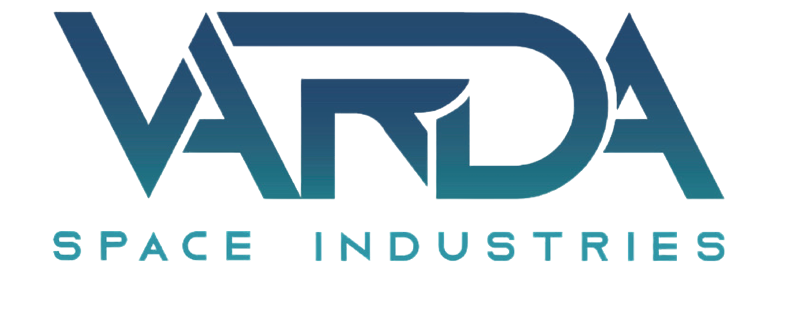
Case Study – Varda
The seventh session of the Course on “The Business and Economics of Space” was on Monday, Nov 29. This session was a case study on a startup company looking to do In-Orbit Manufacturing , Varda Space. We were to use the classic Harvard Business School Case Study method to analyze a potential seed investment in…
-
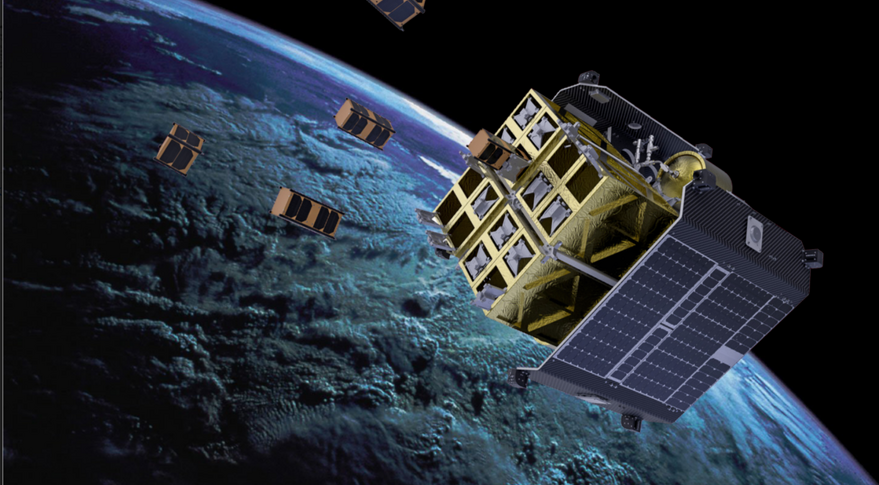
D-Orbit – Space Logistics
This weekend I listened to the Space Business Podcast hosted by Raphael Roettgen, where his guest was Luca Rossettini, founder and CEO of D-Orbit, one of the most prominent European NewSpace companies. It was very interesting and informative and you can find it here. I thought I would use some of the tools and techniques…
-
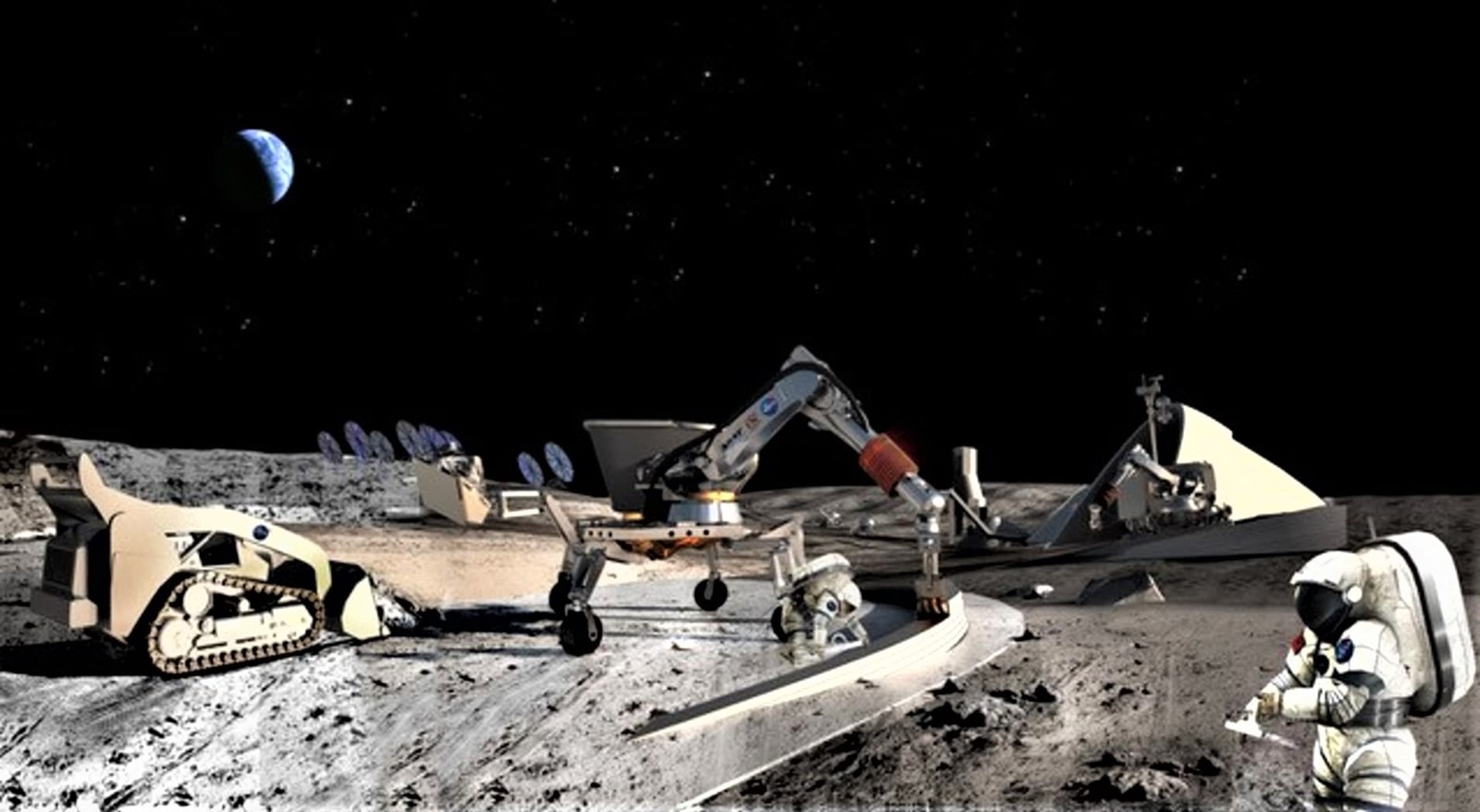
Space Law & Geopolitics
The sixth session of the Course on “The Business and Economics of Space” was on Thursday, Nov 18. This session was on Space Law, Geopolitics and Sustainability. From a commercial viewpoint the session would help answer questions about appropriate legal frameworks if you wanted to find, own, use or sell space resources. It was also…
-
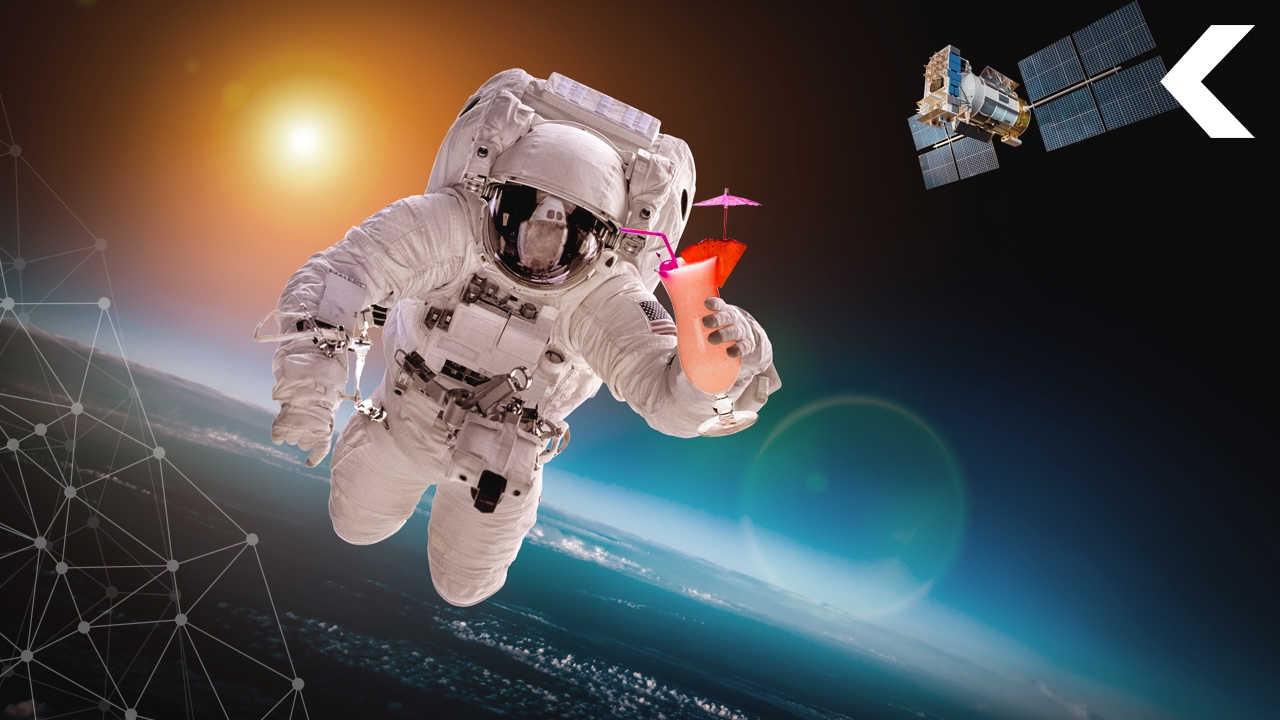
Deep Dive Space Tourism & Exploration
The fifth session of the Course on “The Business and Economics of Space” was on Tuesday, Nov 16. This session was a Deep Dive into Space Tourism and Exploration. You can find my earlier post on the Deep Dive into Launch and Satellites here. Space was in the mainstream news this summer with plenty of…